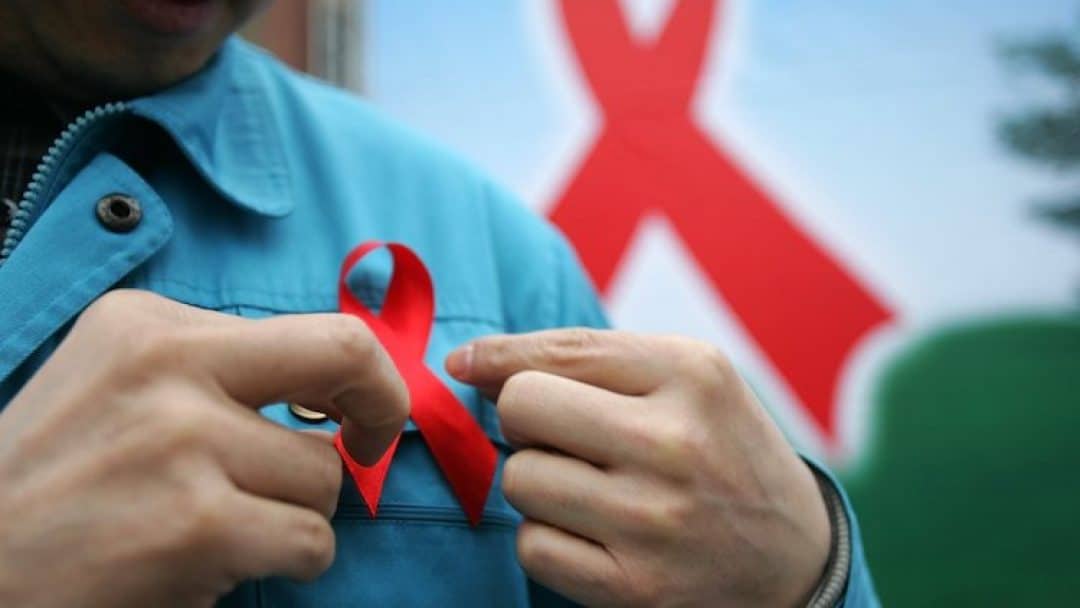A scientific journal Nature will publish a study on Tuesday which states a second patient has gone into remission from HIV-1. The patient, referred to as the “London patient,” is believed to have been cured as the infection has been in remission for 18 months.
A patient, called the “Berlin patient,” was believed to be cured over 10 years ago. Both patients received stem cell transplants from donors with CCR5-delta 32. It’s a rare genetic mutation that makes them resistant to HIV.
“By achieving remission in a second patient using a similar approach, we have shown that the Berlin Patient was not an anomaly and that it really was the treatment approaches that eliminated HIV in these two people,” says the lead author and professor at University College London.
Gupta says it’s still too soon to verify that the patient had been cured of the infection, but the results are hopeful. He hopes the procedure will lead to other gene therapies.
The Patients
The “London patient” is a male resident from the UK who was diagnosed with HIV in 2003 and began antiretroviral therapy in 2012. In 2016, he underwent chemotherapy and a stem cell transplant after being diagnosed with advanced Hodgkin’s lymphoma. After the therapies, he took antiretroviral therapy for 16 months.
To check whether or not the patient was in remission, he stopped the antiretroviral therapy. His HIV viral load is undetectable, and it’s been confirmed that he’s been in remission for 18 months. The first patient, Timothy Ray Brown, known as the Berlin patient, had been diagnosed with HIV and was using antiretroviral therapy when he found out he had acute myeloid leukemia. He was considered cured after receiving two bone marrow transplants.
Scientists were unable to replicate Brown’s results until the London patient.
A Long Way to Go
The director of the Peter Doherty Institute for Infection and Immunity, Dr. Sharon Lewin, calls the results “exciting.”
“Coming 10 years after the successful report of the Berlin Patient, this new case confirms that bone marrow transplantation from a CCR5-negative donor can eliminate residual virus and stop any traces of virus from rebounding. Two factors are likely at play: The new bone marrow is resistant to HIV, and also, the new bone marrow is actively eliminating any HIV-infected cells,” says Lewin.
A professor at Imperial College London, Graham Cooke, commented on the new finding in Science Media Centre, calling it “encouraging.”
“If we can understand better why the procedure works in some patients and not others, we will be closer to our ultimate goal of curing HIV. At the moment the procedure still carries too much risk to be used in
patients who are otherwise well, as daily tablet treatment for HIV is able to usually able to maintain patient’s long-term health,” says Cooke.
An associate professor of medicine and physician scientist at University of California, Dr. Timothy Henrich, states that the procedure “is not a scalable, safe or economically viable strategy to induce HIV remission.” “There are actually many strategies right now that are currently being pursued. Some of them are directly related to the Berlin patient and work with transplantation: for example, gene modification therapy,” says Henrich.
Scientists are currently researching immune modifying therapies.
“I am an optimist because I’m a scientist and vice versa. I do have hope. I think that finding a scalable cure that is safe and can be applied to a vast majority of individuals living with HIV is definitely attainable, but we have a lot more work to go,” says Henrich.








